Why Every Climber Needs a Personal Anchor System (PAS)
Quick Summary: Whether you're cleaning an anchor or setting up a rappel, a personal anchor system (PAS) is an essential piece of climbing gear that keeps you safe and secure. Learn what a PAS is, when to use it, and why every outdoor climber should have one.
What Is a Personal Anchor System (PAS)?
A Personal Anchor System (PAS) is a secure method of attaching yourself to an anchor. It creates a direct connection between your harness and the anchor bolts or gear, especially useful during tasks like:
- Cleaning anchors
- Setting up or transitioning to a rappel
- Waiting at a belay station
- Multi-pitch belays
Unlike a quickdraw or sling alone, a PAS is designed for ease of use, adjustability, and strength in these specific scenarios.
Why You Should Always Carry a PAS
Even if your partner leads and sets up the anchors, you’ll often find yourself needing to secure yourself independently. Here’s why carrying a PAS matters:
- Independence: You don’t need to rely on shared gear to secure yourself.
- Safety: Prevents accidental unclipping or mismanagement at anchors.
- Efficiency: Faster and more secure when transitioning between climb and rappel.
- Versatility: Can be used in various ways, including as part of a rescue or improvised setup.


Lightweight and strong, the Wild Country 10mm Dyneema Sling is perfect for minimalist climbers building a secure and compact anchor setup.
Common PAS Options
There are several ways to set up a PAS, depending on your style and preference:
1. Adjustable Lanyards (e.g. Petzl Connect Adjust)
- Single-arm lanyard with a built-in adjustable device
- Quick and precise length adjustment while clipped in
- Ideal for those who want ease of use, especially when cleaning anchors or rappelling
- Typically uses a dynamic rope for better energy absorption
2. Slings
- Dyneema slings (like the Wild Country 10mm Dyneema Sling) are ultralight, strong, and compact.
- Not adjustable in length, but simple to use with a locking carabiner.
3. Daisy Chains
- Often found in aid climbing
- Can be used as a PAS, but not all loops are full strength—requires careful use
If you're going for lightweight versatility, the Wild Country 10mm Dyneema Sling offers a minimalist solution that fits into any climbing pack. For more adjustability and ease of use, the Petzl Connect Adjust provides a smooth, dynamic alternative for climbers who prefer quick length changes at anchors.
How to Use a PAS Safely
- Always use a locking carabiner when connecting to the anchor.
- Clip to the central loop of your harness (the belay loop or tie-in points).
- Inspect your PAS regularly for signs of wear, abrasion, or UV damage.
- Avoid dynamic loading of static materials like slings—they’re not designed to absorb a fall.

The Petzl Connect Adjust offers smooth, one-handed length adjustments for safer and faster clipping at anchors and rappel transitions.
Bonus Tip: Label and Colour-Code
Use a different colour sling or PAS to avoid confusion with your anchor building materials. Wild Country slings come in a variety of colours and lengths—perfect for quick identification.
Final Thoughts
A PAS is one of those items you might not realise you need until you’re hanging at an anchor with nowhere to clip in. Don’t wait for that moment.
Visit Boulder Planet Showroom to check out lightweight, dependable PAS options like the Wild Country 10mm Dyneema Sling and get expert advice on setting up your first outdoor kit.



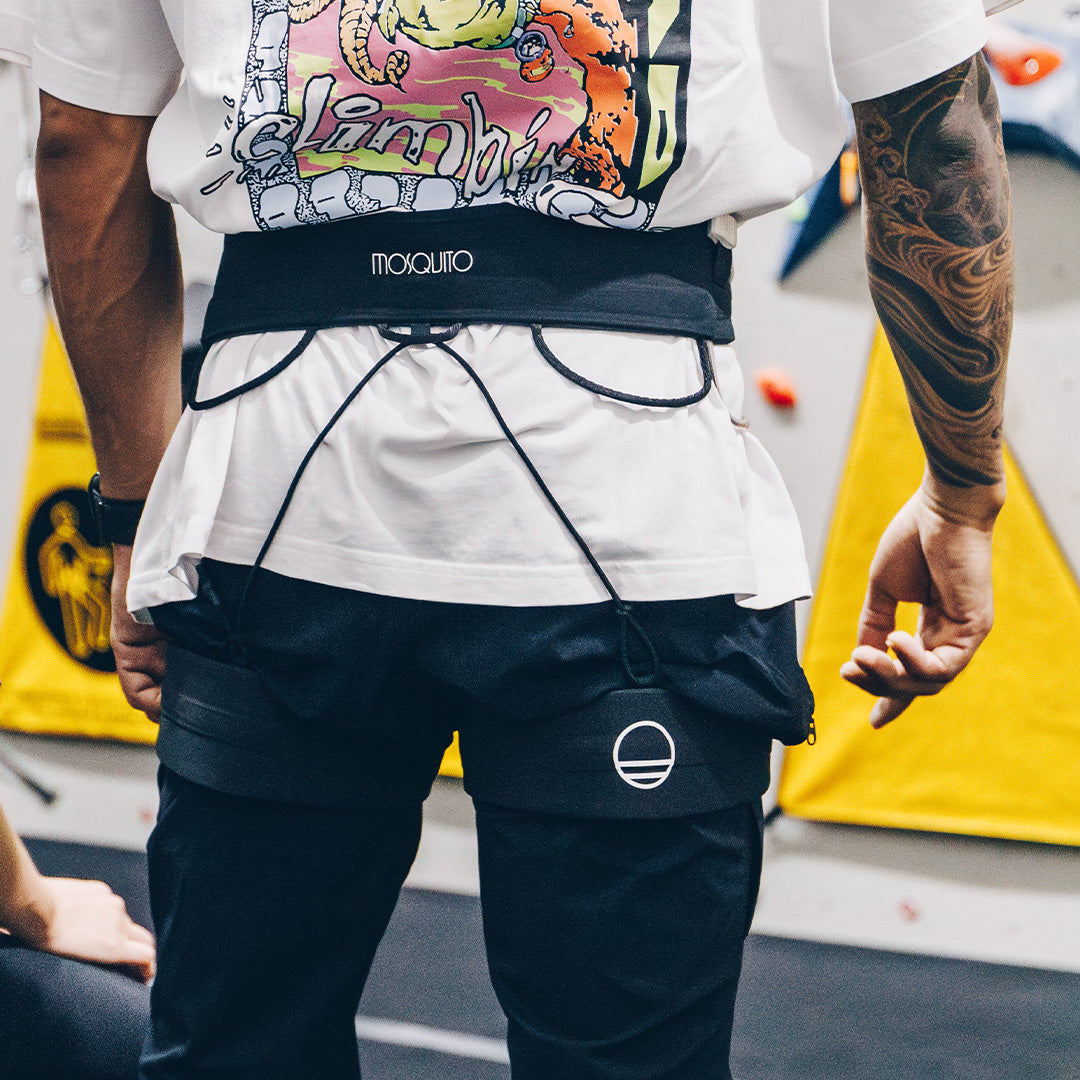
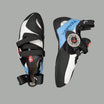
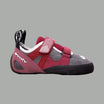

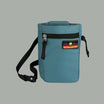
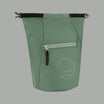

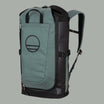
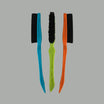
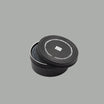
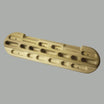
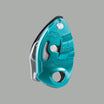
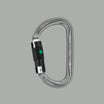
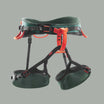
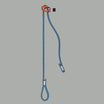
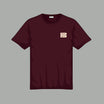
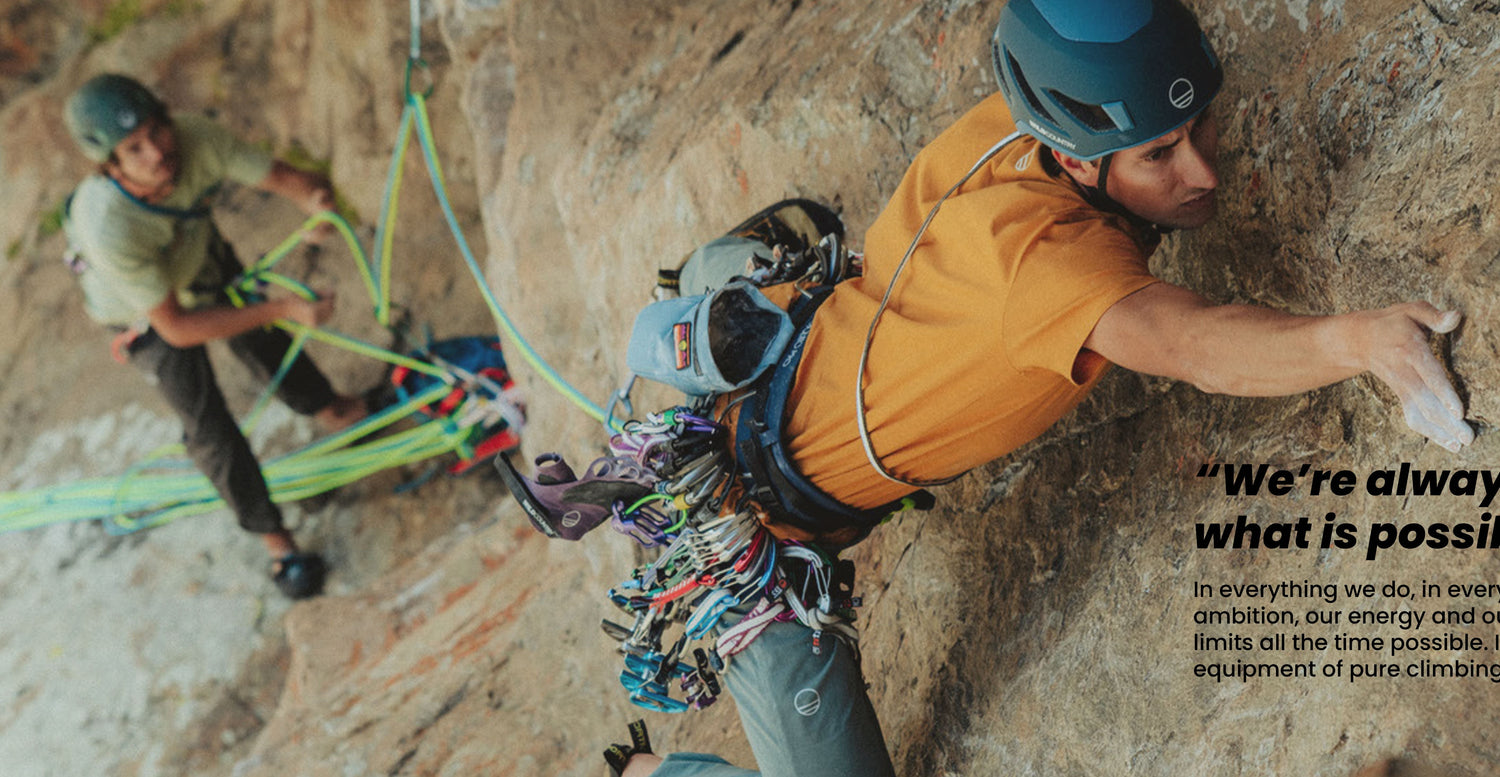
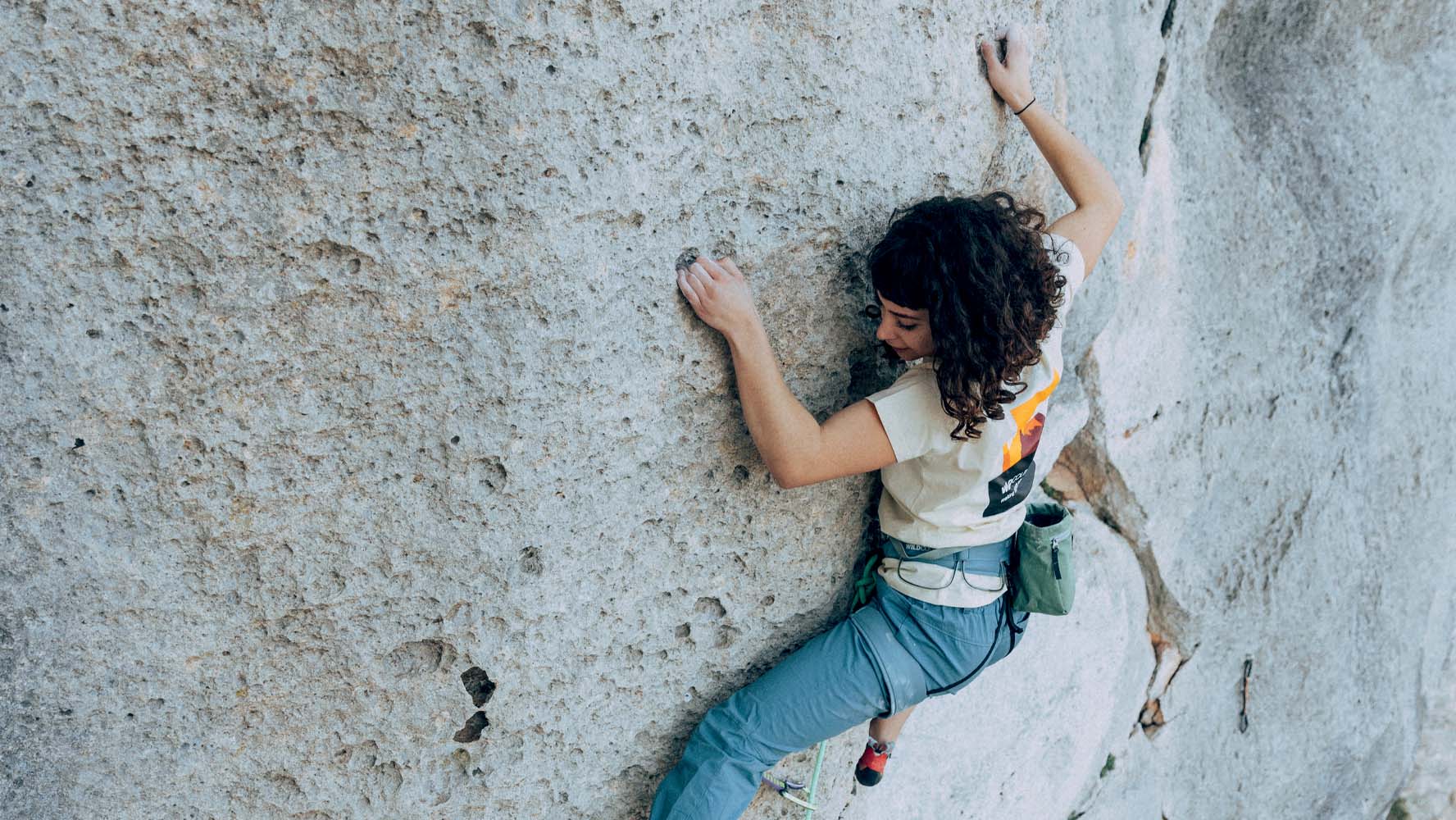

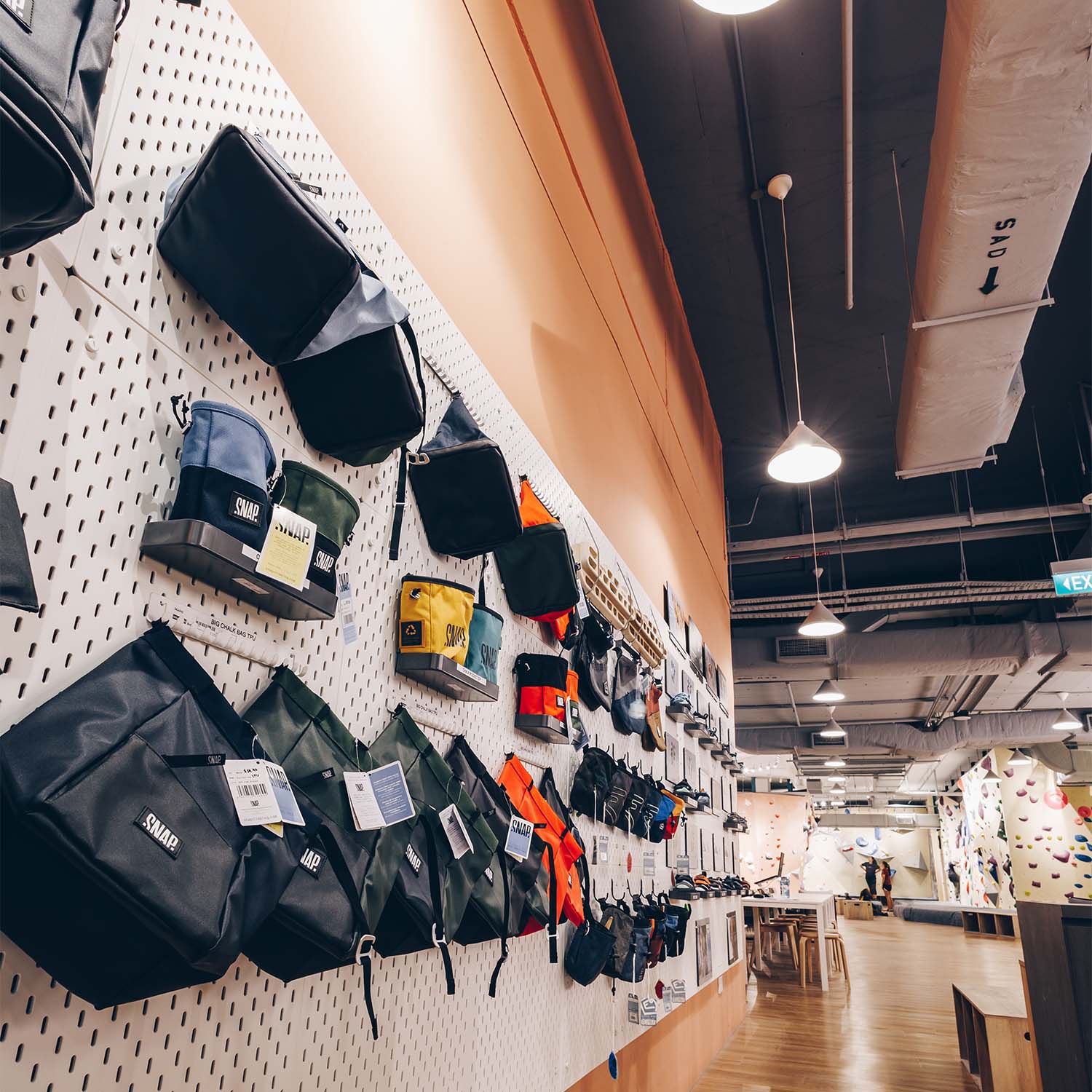

Leave a comment
This site is protected by hCaptcha and the hCaptcha Privacy Policy and Terms of Service apply.